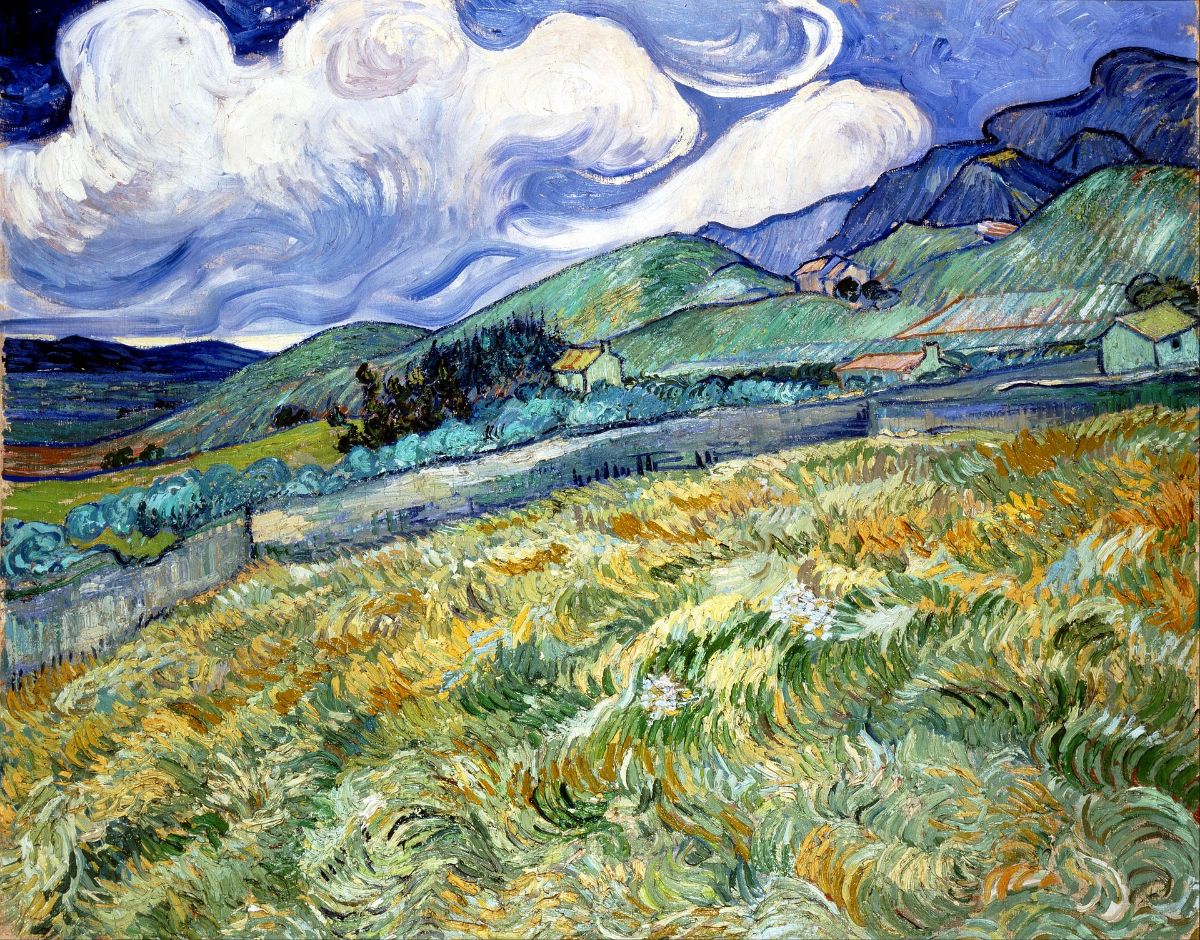
If you like art, surely some of the paintings you have seen contain plants. They are an accessory widely used by painters to give a background to the painting they do, but they also tend to have different meanings. For this reason, of all of them there are some more plants used in paintings.
Also, they don't just paint plants; we can also find flowers, fruits, seeds, etc. Shall we tell you which are the most used plants in paintings?
Botany and art united
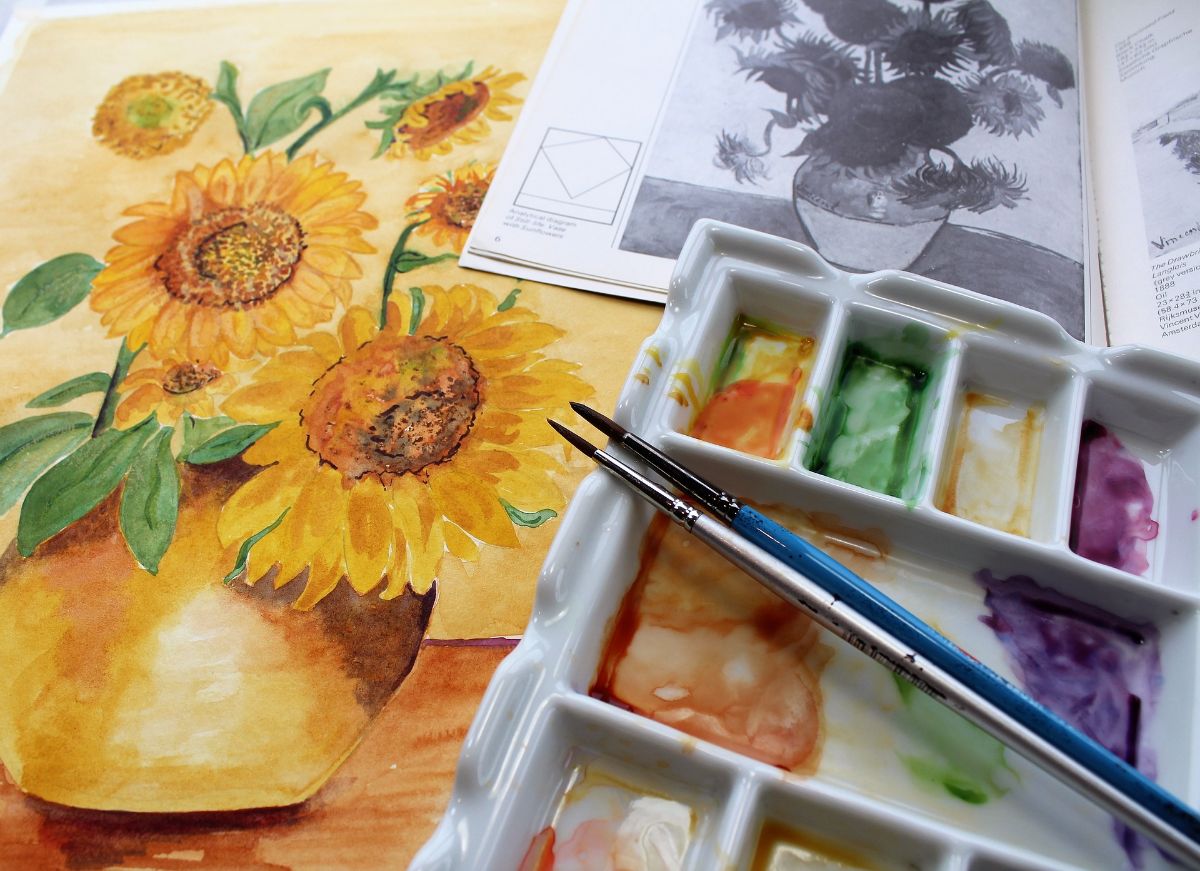
Maybe you don't know, or maybe you do, but art and botany are very close in this case. There are several investigations carried out by botanists and art experts to review one by one the paintings of painters in search of those plants, flowers, fruits or seeds that they have and that bring a little closer knowledge about those plants. For example, to find out what they were like before they evolved, or learn about already extinct plants, flowers that are not seen on certain continents, or even abnormal fruits (this is the case of a white watermelon in Frans Snyders' painting).
However, as we have said before, this is quite complicated because many of the paintings, almost 90% of them, do not name any fruit, seed, plant or flower in their title, which means that the paintings have to be reviewed. one by one looking individually for some reference to this.
And why is it important? There are several reasons why art and botany have to be on a par. One of them is the fact that you can see what those plants were like years ago, Since, as you know, many have adapted or have changed from how they were originally, many have evolved so as not to die. But through the paintings you can appreciate those details that they had.
Another reason for its importance is the fact that know strange aspects of fruits, plants or flowers. Again we refer you to painting by Frans Snyders showing half a watermelon separated from a group of open watermelons a bit, which stands out because its pulp is white dotted with black (which are the seeds). Taking into account that the painter was one of the best and most detailed in everything he painted, there is no doubt that there really was such a fruit when it came to painting, but nowadays it is rare to find a white watermelon. Obviously, whether or not we trust what the painter drew depends above all on who he is and what he wanted to express with his work. For example, in the case of Picasso it is very difficult to take it 100% in terms of the plants, flowers or fruits that he painted.
Most used plants in paintings
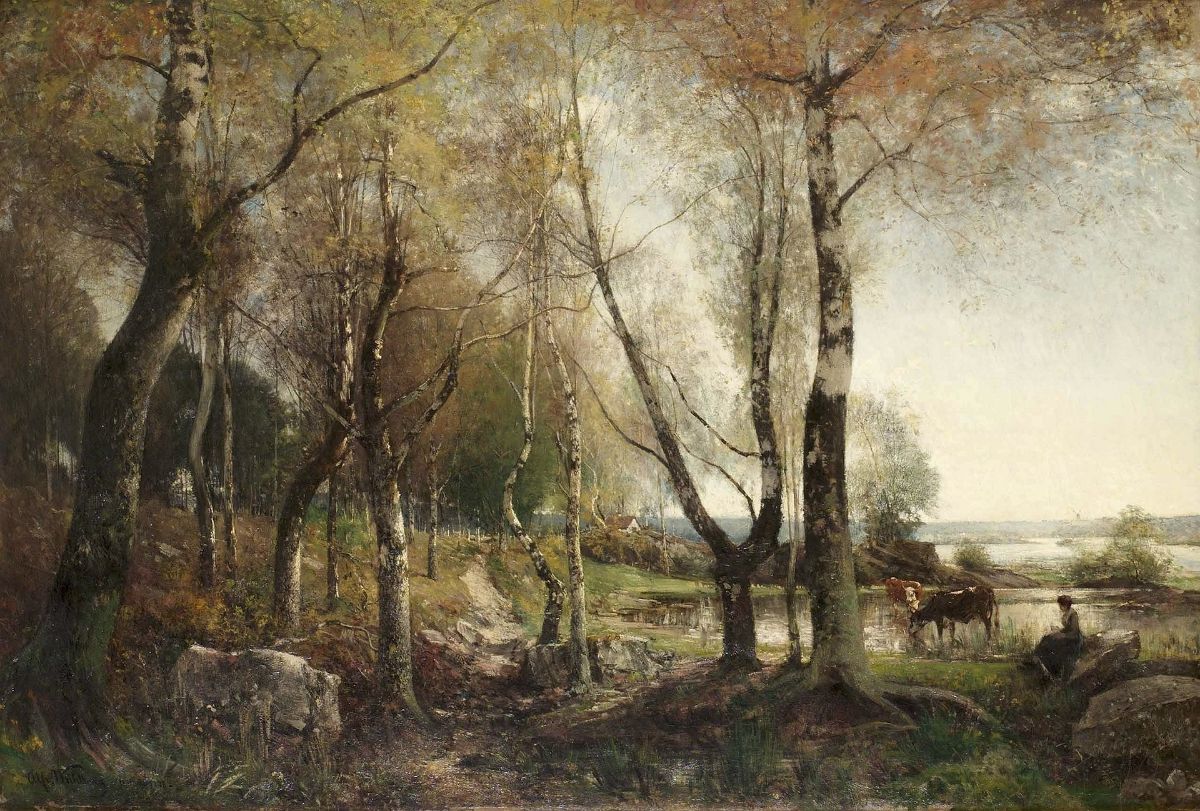
Focusing on the most used plants in paintings, we could divide these into several groups, for example in terms of trees, flowers and plants.
trees in art
There are many trees in pictures, and of very diverse species. Perhaps one of the most used is the Almond Blossom. We can find this, among other paintings, in an oil on canvas that Vincent van Gogh gave to his brother Theo and Jo, his wife, for the birth of their son, whom they named Vincent Willem in honor of the painter.
This was one of the painters who painted the most pictures related to botany, but not the only one.
Another of the painters who also paid attention to blossoming almond trees was Sorolla, who made a painting while in Assisi, in Italy. Painters like Ángel Hernández, Rubén de Luis… are other names that sound.
assorted trees
Cypresses, trunks, avenues, forests... The truth is that these landscapes have been widely represented in paintings, sometimes as true protagonists, but many others giving a background to the painting.
Examples we have Gustav Klimt, Hockney, Monet, Solhberg, John Singer Sargent, and many more.
And as for the trees, it is known that olive trees, cypresses and poplars were the most represented.
Roots
The very roots of the trees have also been, to a greater or lesser extent, one of the elements that some painters have wanted to reflect in their paintings. Or make them protagonists, as it is The case of Vincent Van Gogh. This painter left in his repertoire of paintings the so-called «Tree roots», which is considered the last one he painted.
It was not the first time that he painted roots. It is known that there were other drawings that contained black roots and that these were twisted, relating them to the struggle for life.
Specifically, in the painting to which we have alluded, it is not finished, because the painter did not have time. In fact, it is noticeable that the lower part is only drawn while the upper part does look completely finished.
Even Frida Kahlo herself has a painting that represents a woman from whom roots come out (in fact, it is considered the most expensive of Latin American art).
Paloma Viladomat, Eddy Ochoa Guzmán... are other painters who have also focused on this part of the plants for their paintings.
Farmlands
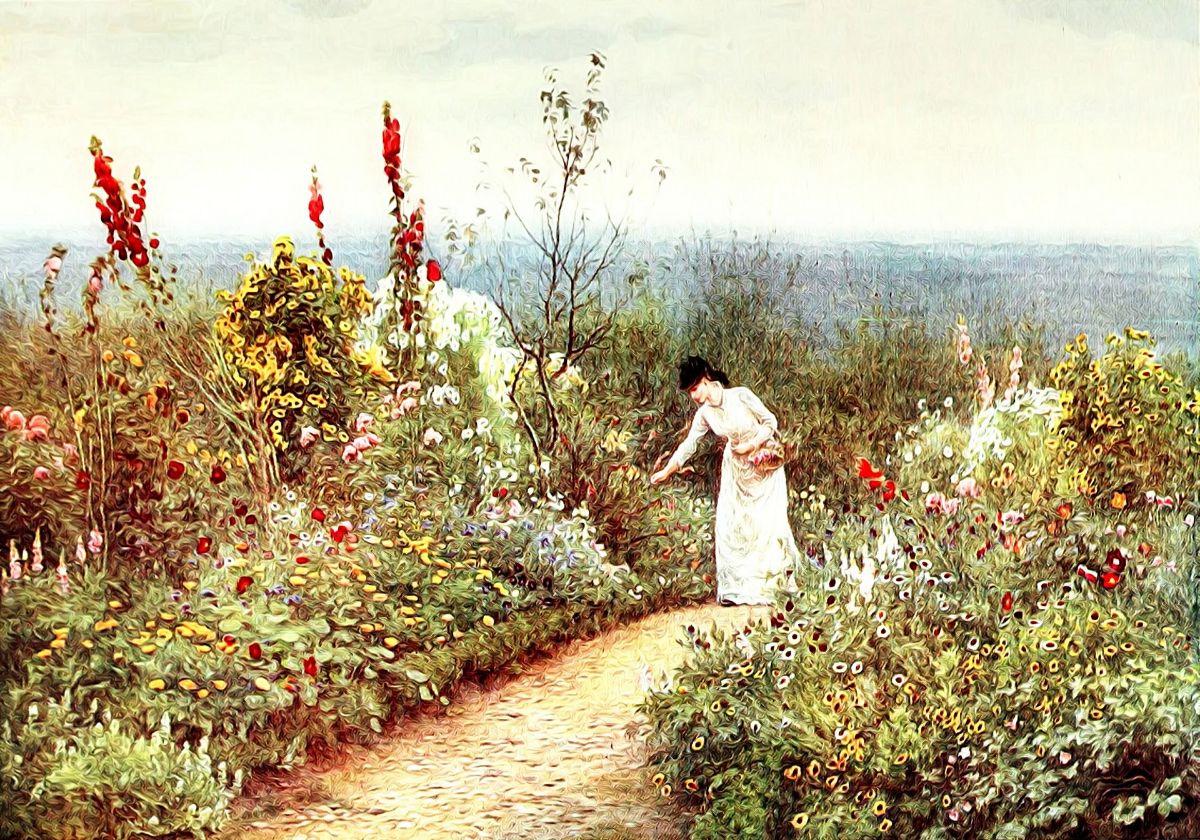
Be they wheat fields, as in the case of Van Gogh, El Armpurdán by Joan Vila Arimany, the field of poppies by Monet, The Veteran in a New Field by Winslow Homer... And so we could be citing more and more paintings that have used, either as the center of the painting, or as a more decorative part, farm fields. Especially in terms of wheat or, in the case of flowers, tulips, poppies...
flowers and plants
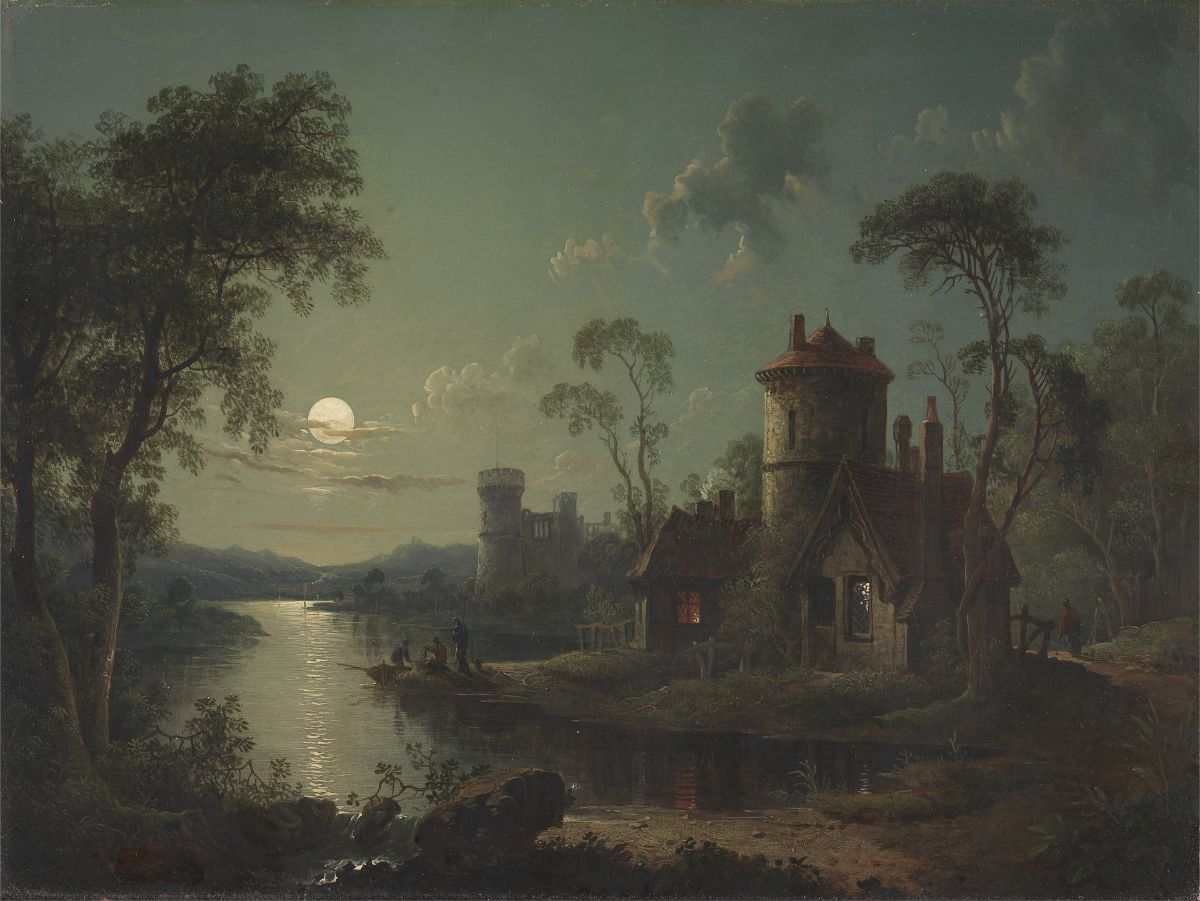
The truth is that quoting common plants and flowers in many paintings is quite complicated. Each painter is a world and this has always captured what he has seen, or what he has imagined. Nevertheless, Roses, for example, are one of the plants that we find most in paintings, along with carnations, bells…
In general, when they paint plants, they usually do not have flowers, or if they do, they make some reference to the previous ones. In oriental paintings, however, the most common flowers are hibiscus, cherry blossom, water lily or lotus flower.
The hedges, and more wild plants are another of the options that are most found in the paintings.
Have you ever thought about art relating it to the plants most used in paintings?